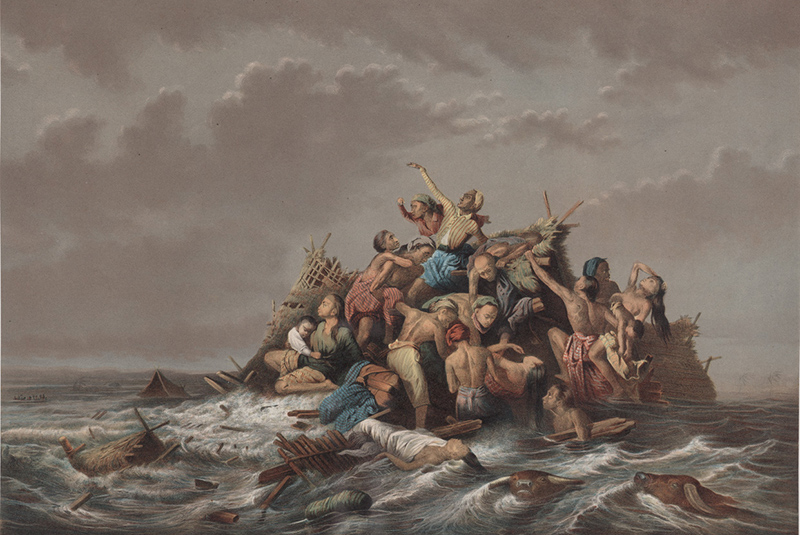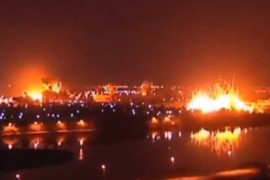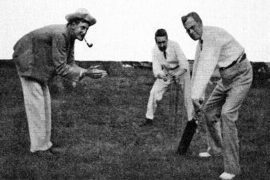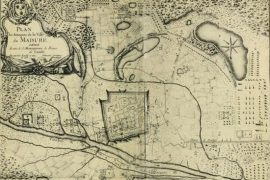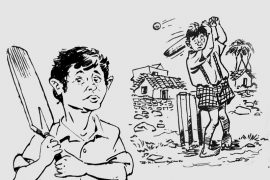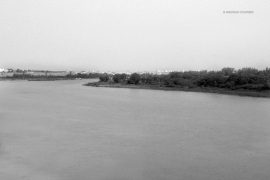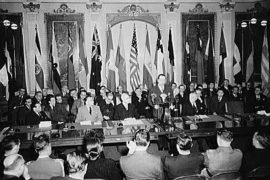As a child, I dreamt of becoming a birdwatcher. The earliest of my primary schools, where I studied for four years till the age of eight, stood by the banks of river Pamba in Malakkara, southern Kerala. The fish in the river and the earthworms in the moisture rich lands nearby, made it an inviting place for the birds. I stared past the school gate, to spot them – many with their outlandish head gears and split tail ends – as they ambled and necked, in the envelope of calm that the river brought with it.
Nowadays, when I think of birds, even these American birds outside my apartment’s window, my mind returns to that unostentatious school and the quiet of the river, both of which were our common playgrounds. Two weeks ago, when a once-in-a-century flood hit Kerala, the river reduced my classrooms and the libraries of my childhood to a mound of clay and silt. This flood now bookmarks an event where an island of my memory has forever submerged.
The Kerala floods of August 2018 have been compared to the floods that Kerala witnessed in 1924, also called the ‘The Great Flood of 99’ (it occurred in the year 1099 of the Malayalam calendar). Back then, the estimated death toll was around 1,000. Seeing the scale of destruction in Kerala’s Malabar regions, Mahatma Gandhi mobilized a sum of Rs.6000 to support the relief efforts.
Copyright©Madras Courier, All Rights Reserved. You may share using our article tools. Please don't cut articles from madrascourier.com and redistribute by email, post to the web, mobile phone or social media.Please send in your feed back and comments to editor@madrascourier.com

